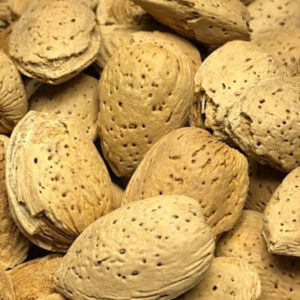Almond Production Residues As Natural Rubber Fillers
by Colleen McMahan, Lennard Torres, Delilah Wood, William Orts, Wagner Agricultural Technologies LLC
Worldwide agriculture produces enormous amounts of biomass resides and food waste. Utilization of crop residues in value-added applications can provide financial benefits to growers, reduce food and agricultural waste, decrease consumption of petroleum- based materials, and improve human health and the environment. These drivers have enabled a myriad of developments in established and new technologies to transform and use agricultural waste materials, for example in biofuels and bioproducts.
California produces 82% of the world’s almonds, resulting in nearly 1.5 billion pounds of shells annually. Almond production is increasing at the same time the dairy industry, where almond shells are used as feed or bedding, is shrinking. One potential use for almond shells is as polymer fillers, where they might partially replace petroleum-based fillers, thereby increasing the bio-based content of the resulting composite.
Carbon black is commonly used as a filler in rubber and plastic compounds. It is composed of over 90% carbon, with low oxygen and hydrogen content, mainly forming surface functional groups which may participate in polymer reinforcement. Raw almond shells are composed of cellulose, hemicellulose and lignin, representing less than 50% carbon, over 40% oxygen, and at times significant amounts of moisture. The relatively polar nature of almond shells, and their tendency to degrade at processing temperatures, presents a less than ideal alternative when considering fillers for hydrocarbon polymers.

